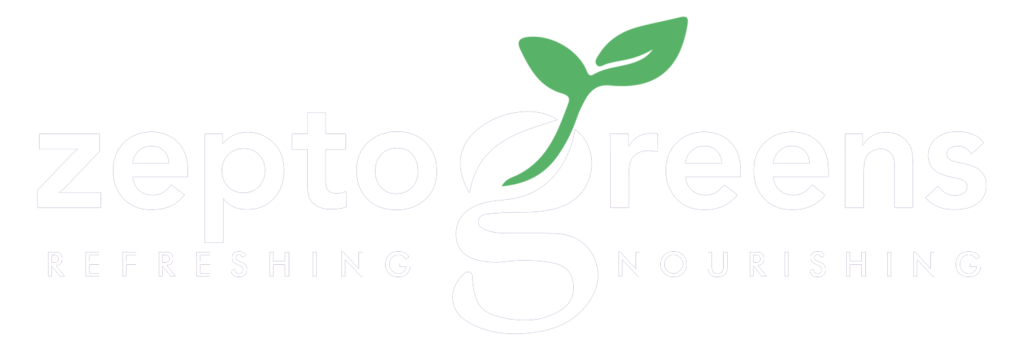Precision Livestock Farming
The goal of precision livestock farming (PLF) is to develop a management system based on continuous automatic real-time monitoring and control of livestock production/reproduction, animal health and welfare, and the environmental impact of livestock production. Precision livestock farming is based on the assumption that farmers will be able to detect and control the health and welfare status of their animals at any given time through continuous direct monitoring or observation of animals. Finally, an animal that is in good health and welfare may provide the best long-term guarantee of product quality. The farmer can now use modern technologies to measure various farm parameters such as ventilation rate, feed supply, and heating/cooling inputs, but few of the tools available to date have focused on the production and maintenance of the animals.

We are committed to providing innovative feed additives that:
- Increase the efficiency and profitability of production
- Improve animal welfare and lifetime performance
- Deliver high quality end-products
- Help protect the environment

Precision Wildlife Tracking
The shortcomings of conventional wildlife tracking make it obvious that a smart system for monitoring and tracking wildlife is needed. There is a lot of potential for these tools to significantly change conservation efforts, from automated processes to cloud-based record-keeping and pre-programmed alarms in the event of unfavourable or unusual circumstances.
Tracking Collars
Wildlife trafficking is frequently well-organized and efficient, with traffickers taking advantage of remote locations and wildlife vulnerability. While anti-poaching units work hard to keep these animals safe, they can be difficult to track and find, and they are too widely dispersed to be effectively monitored. Knowing where these animals are is the first step in protecting them from poaching and trafficking. GPS tracking collars provide real-time, accurate location of subject animals for targeted APU deployment. These readings also provide movement information, with alerts for any unfavourable or notable changes. These metrics can be tailored to the application and include geofencing capabilities, which is useful depending on the species being monitored.

